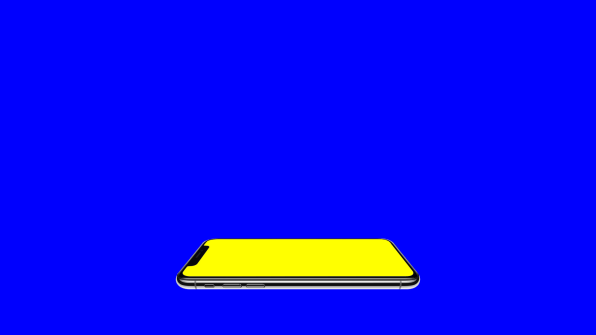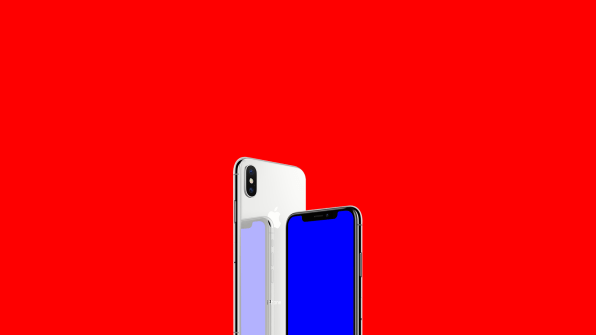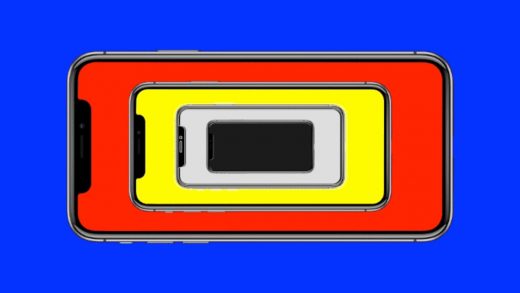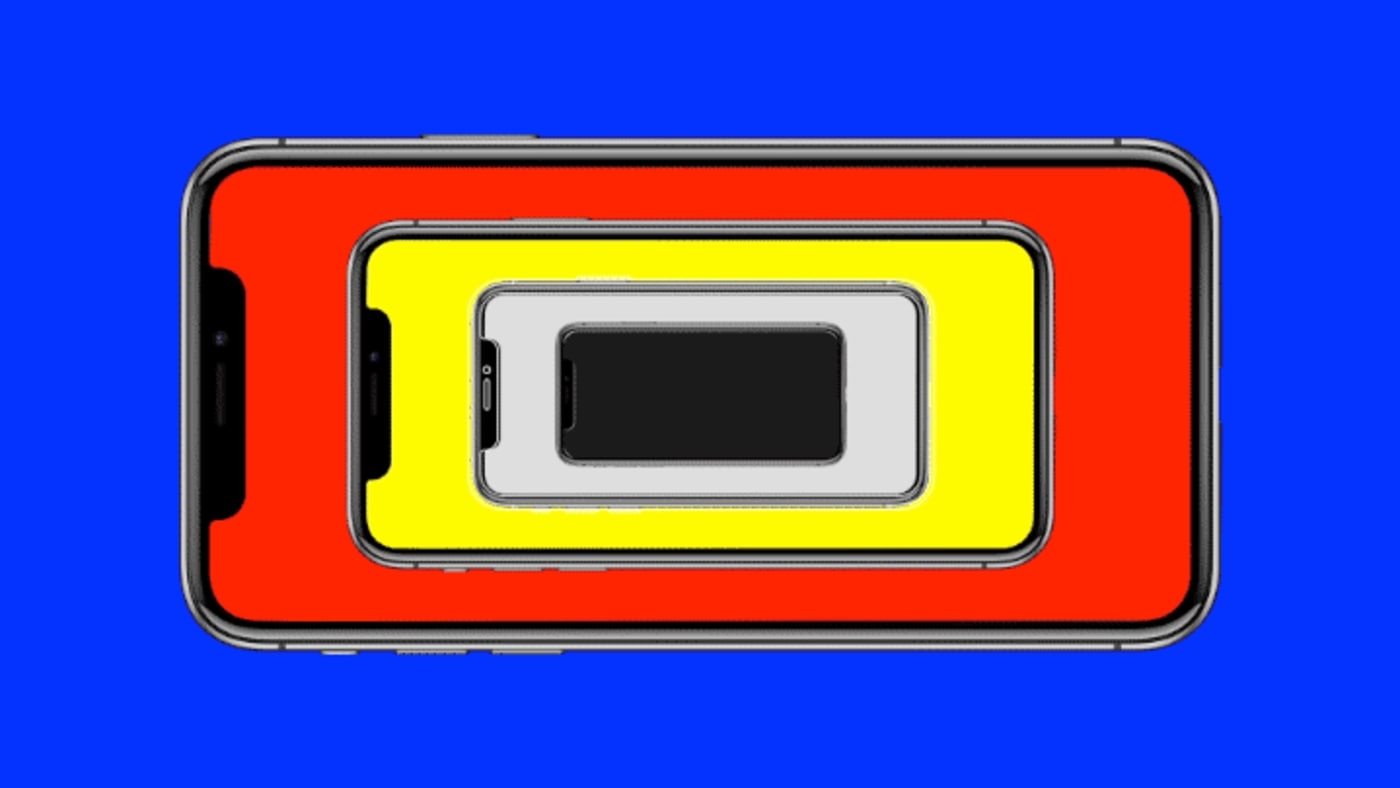Apple should’ve made the iPhone XS extra-small
The rumored 5.8-inch iPhone XS is so big, it could be a surfboard for guinea pigs. And at a rumored 6.5 inches, the iPhone XS Max is nearly the size of a tablet. There are many reasons why Apple is doubling down on bigger phones (read my colleague Mark Sullivan’s take here). But I wish the XS were closer in size to the iPhone 4–and that the XS actually meant “Extra Small.”
The iPhone 4 was the perfect phone. At 4.5 inches by 2.31 inches by 0.37 inches and weighing just 4.8 ounces, it was compact, fast, and beautiful. It embodied many of Dieter Ram’s design principles (although not all of them). Nothing was superfluous. Its form factor perfectly adjusted to your hand’s anatomy. It was my favorite iPhone ever, followed by the iPhone 5–which was a bit bigger but still manageable, simple, comfortable. I would still like to take it out for a drink to talk about the good old times.
This isn’t just idle nostalgia. As phone screens have gotten bigger, so too has our tendency to overuse them. Larger screens make it dead simple to shop, check social media, and watch videos. So we do these things ad nauseam, isolating ourselves from the present and the real world around us.
By contrast, smaller phones, such as the iPhone 4, are still big enough for the basics: You can write a short email, receive and reply to messages quickly, get directions, check your schedule, or glance at the news headlines. But anything more involved becomes difficult. You have to zoom and pinch and swipe and scroll. Who wants to do that? With a small screen, the phone becomes a useful extension of your brain. It doesn’t take over your brain.

That’s one of the reasons why, despite the success of the large-screened iPhone X and the iPhone 8 Plus, I’m sure that Steve Jobs would have hated big phones. As he would have hated the iPhone 6 and the rumored 6.5-inch iPhone XS Max. These footlong glass and steel subs are not what he envisioned: a device that is a “music player, an internet communicator, and a mobile phone,” one that connects you to your fellow human beings when needed and makes your life easier while fitting in your pocket. Jobs publicly lambasted those “stupid big phones” because of how unwieldy they are. “You can’t get your hand around [big phones],” he said at an iPhone 4 press conference. “Nobody is going to buy them.”
Of course, he was wrong about that. Hundreds of millions bought big phones, and Apple jumped on the bandwagon. But that doesn’t make big phones good for users.
Soon, I suspect, small phones will make a comeback. Phones that are designed to serve you, rather than absorb you into their giant screens for hours at a time. The timing is right. Companies are starting to focus on giving users control over their technology, for instance, offering digital health tools to make you aware of how much time you spend on your devices.

The next logical step is to make hardware conducive to digital well-being, too. Some phone companies are already eyeing this market. Take the rumored new Motorola Razr, a smartphone version of the classic ultra-thin clam-shell phone that the company recently patented. Using a flexible OLED panel, Motorola is hoping that it will be able to design a phone that can comfortably fit in any pocket while maintaining a big enough screen to comfortably access your apps. And independent startups are trying to make it happen, too, like the Light Phone, a design that uses a simple e-ink display to provide simple communication capabilities and long battery life.
Samsung is also considering a similar compact design with the Galaxy X, a foldable phone that, allegedly, will be as small as the iPhone 4 when collapsed but can open to reveal a small tablet. In theory, it will allow people to use the device for basic stuff like sending messages or looking at a map when folded. Then, when users want a more immersive experience–like playing a game, reading an article, or watching a movie–they will be able to open it and enjoy a big screen. Apparently, the Chinese electronics giant Huawei is racing to get a similar phone to market before the South Koreans. Rumors have it that one of them may arrive by the end of the year or early 2019.
Then there is Apple. Most likely tomorrow, the company will introduce the iPhone XS (with a 5.8-inch OLED display, like the current X), the iPhone XS Max (6.5-inch OLED screen), and the “entry level” (it’s rumored to cost more than $800) iPhone with a 6.1-inch LCD screen. The iPhone XS Max is even bigger than its archrival’s biggest phone, the Samsung Note 9 phablet, which has a 6.4-inch screen. Apple is not only flouting Jobs’s ideas about screens, but trying to outsize everyone else. It doesn’t seem like Tim Cook and his minions are going to change this tune any time soon. It’s working for them.
Still, I’m hoping that Apple will see the light and release an iPhone Extra Small at some point, one that has a full edge-to-edge screen so we can get a comfortable screen in the smallest possible form factor–if not for Steve, for the well-being of users everywhere.
(7)



